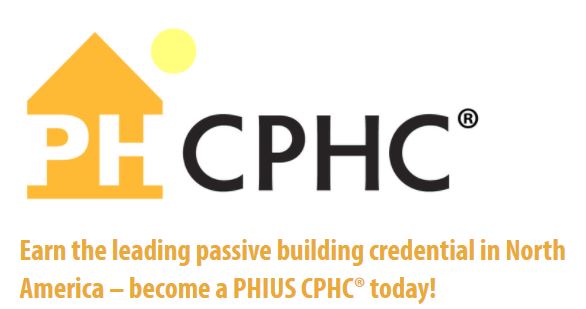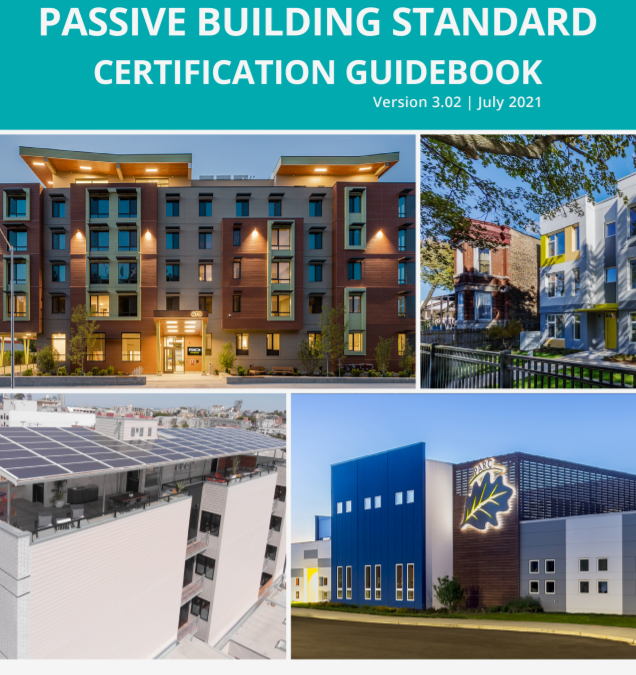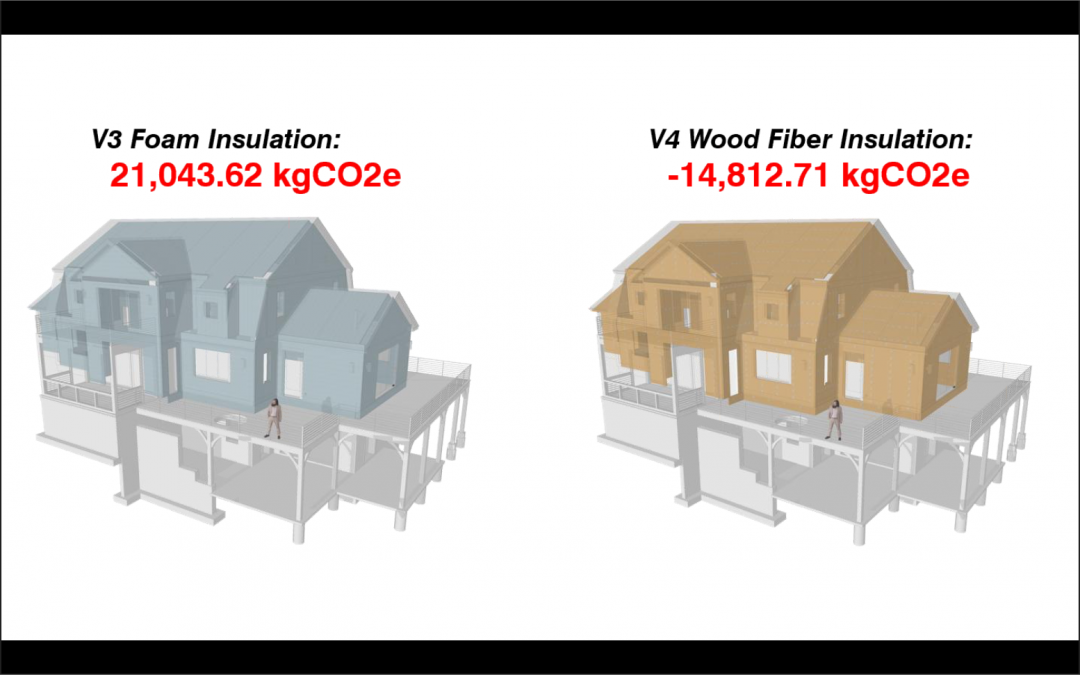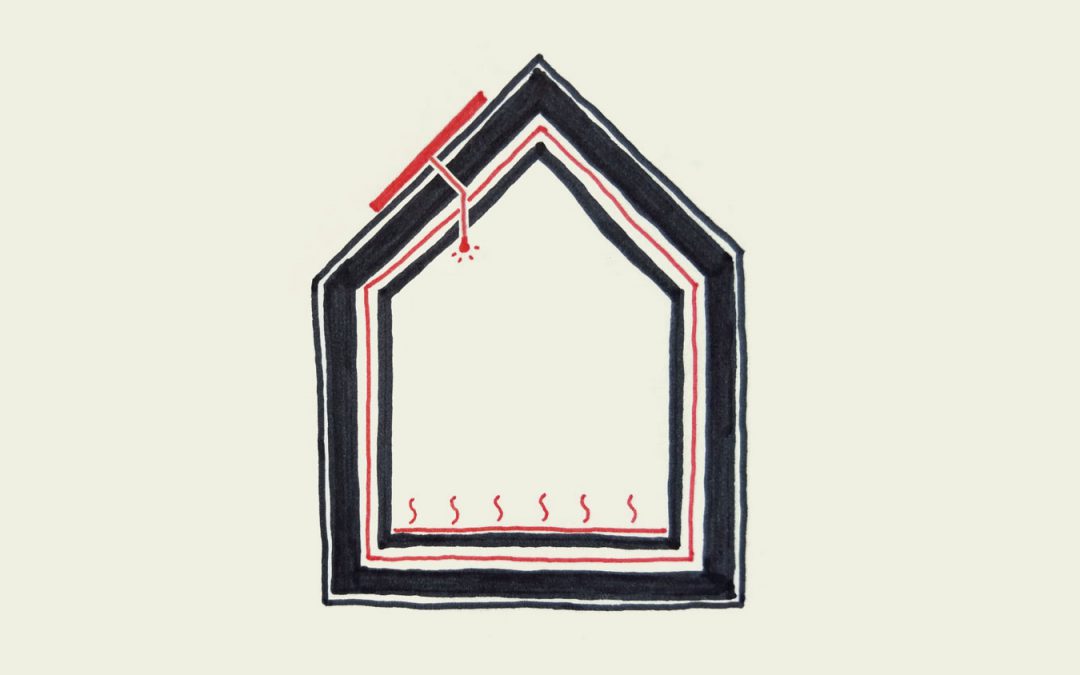
by William | Dec 29, 2021 | Passive House
Dear Readers,
William is interested in becoming a PHIUS Certified Passive House Consultant. Which, is awesome! And I am super proud. And also super curious…
So, while I went ahead and made a step by step outline for William on what he needed to do in order to achieve the label of “PHIUS Certified Passive House Consultant” (super fancy, I know…), I figured I could share this information with all of you as well! You know, just in case any of you became interested in obtaining your fancy schmancy certification as a PHIUS Certified Passive House Consultant 😉

by William | Jul 28, 2021 | Passive House
Dear Readers,
The Passive House Institute of the United States (Phius) has officially released the most recent certification guidebook. Yay!!
You can check out the guidebook here. It is 190 pages…and yes, I “read” through the whole thing. Did I understand all of it? Especially the bit about inputting information into the WUFI software? Nope. But was it a great way to get more of a holistic view of what William and I are getting ourselves into? Yup.
For those who are interested, here’s 190 pages of passive building guidance condensed into 11 bullet points. Again, these are a result of my version of “reading” in this specific scenario.
– Building to passive standards really is a necessary stepping stone to achieve the Living Building Challenge (LBC). The Energy Petal of the LBC requires a home or building to produce 105% of its energy needs through on-site renewables. Passive building not only makes this possible by reducing operational carbon in the first place, but it also paves the way to make embodied carbon the next beast of a challenge to tackle.
– We NEED to find a Phius Certified Rater (the person who periodically comes out to inspect our home through the build process) that is as close to the Land of the Laurels as possible. Not only would it decrease the burden for them as far as drive time~ especially with our back roads…~ but it would also be nice for us with the whole ‘building on a budget thing’… Sooo….Perry County friends….if any of you are interested in becoming a Phius Certified Rater…that would be cool! 😉

by William | Aug 19, 2020 | Healthy Living, Small Footprint
Admittedly, this blog is for William and I’s own justification of our impending financial commitment in this home, as well as it is for all funders who look at us and say we are nuts. We are. And we hope that this breakdown of some essential building materials and their worth (financially and environmentally) will convince your financial institutions to join us in the insanity and fund our venture in sustainable living.
The home or building you may or may not be currently sitting in as you read this blog, was hopefully built to, and still meets, ‘code.’ When an architect says ‘building to code,’ they are referring to the minimum required building standards set by the International Building Council (IBC). The intentions of ‘codes’ are to create a safety, health, and energy efficiency standard for homes and buildings. The IBC creates a variety of codes that cover all aspects of constructions regarding commercial and residential buildings which can be adopted by local governments. For the purpose of this article, we will be talking about the IBC’s International Energy Conservation Code (IECC) which sets minimum R-values and other measures according to a home or building’s climate zone.
William and I don’t want to build our home to just meet code. We want to thoroughly exceed it. We want to build to Passive House (PHIUS) standards, meet air quality set by RESET, be net positive, and maybe even meet Living Building Challenge standards. We want this home to be bonkers efficient and holistically healthy~ for our family, our builders, and our environment.

by William | May 6, 2020 | Passive House, Small Footprint
Dear Readers,
William and I had the opportunity to listen in on a webinar provided by the Passive House Institute of the United States (PHIUS) on limiting embodied carbon in buildings: “Spaghetti Carbon-Era: Disentangling Operational and Embodied Carbon.” Admittedly, I just got the pun of the title…which is all the more humorous if you were to have seen their intro presenting page being that of pasta in a white sauce with bacon.
This seminar was very helpful in reiterating the importance of taking a holistically sustainable approach in home building and living. Not only should the home be environmentally friendly and energy efficient during its usage, but also in its construction and sourcing of materials. The ‘environmentally friendliness’ here is measured by the amount of carbon a home is responsible for emitting. PHIUS standards make a home accountable for its carbon footprint in its operation alone: as in, how much energy the home needs to function once it is already built. This they call “operational carbon” or, “OCO2e.” In the webinar, they expressed that the home has an even larger carbon footprint when its “embodied carbon” or, “ECO2e” is taken into account. Embodied carbon is the amount of carbon that is emitted in the overall construction of the home: from the harvesting, manufacturing, and transportation processes of all of the home’s required building materials. That pink fluffy fiberglass insulation and wooden studs and concrete foundation and drywall has to be made out of something and transported from somewhere…all of the materials have their own carbon footprints which then contribute to the home’s overall embodied carbon.
Two of the presenters, Ilka Cassidy and Steve Hessler, founded a business called “Holzraum System, LLC.” Within their business, they did their own study of how much of a home’s carbon footprint is operational and how much of it is embodied. They used five different homes as case studies.
Home One: built to meet 2009 building code
Home Two: built to meet 2009 building code with high performance systems
Home Three: built to meet Passive House standards, but with a high usage of foam
Home Four: built to meet Passive House standards, but with a low usage of foam
Home Five: built to meet Passive House standards, but with no foam.

by William | Mar 11, 2020 | Passive House
What are the criteria set by PHIUS to be considered a Passive House? Dear Readers, As expressed in Blog Nine, “The Concept of a Passive House Exemplified through a PHIUS Certified Home,” PHIUS sets Passive House criteria according to the climate of the intended home...





